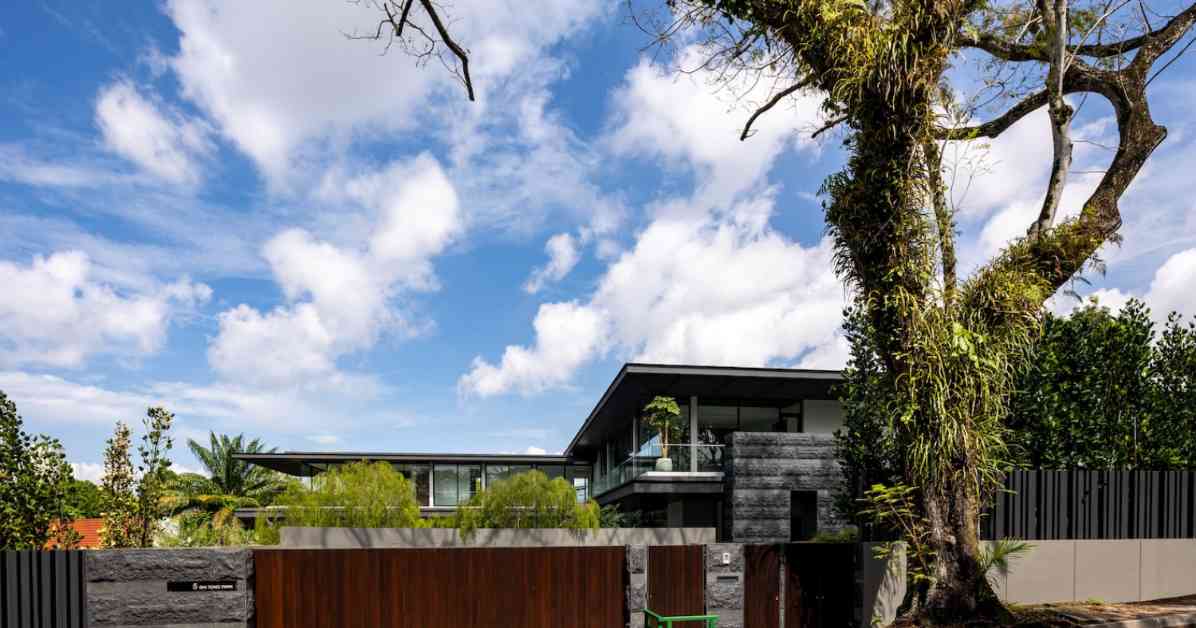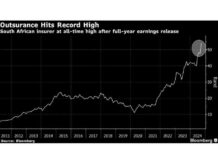Investigative Report: The Resurgence of the Good Class Bungalow Market and its Impact on Singapore’s Real Estate Landscape
In recent months, the Good Class Bungalow (GCB) market in Singapore has seen a resurgence in high-profile deals, signaling a renewed interest in luxury residential properties among the ultra-rich. The latest transactions have shattered records, with prices per square foot reaching new heights and setting benchmarks for the entire landed housing segment.
According to research conducted by List Sotheby’s International Realty, the number of GCB transactions and their total value in the third quarter of 2024 have already surpassed those of the previous two quarters. In July and August alone, six GCB transactions amounted to a staggering $199.68 million, with an average price per square foot of $2,028. This marks a significant increase from the transactions in the first and second quarters of the year.
One of the most notable deals was the sale of a GCB at Bin Tong Park for a whopping $84 million, making it one of the largest transactions of the year. The property was purchased by Xiang Yangyang, the daughter of Chinese billionaire Xiang Gangda, who owns Tsingshan Holding, a leading nickel and stainless steelmaker. This sale, along with other high-profile transactions, has reignited interest in the GCB market and set a new standard for luxury real estate in Singapore.
The ripple effect of these record-breaking deals is also being felt in the semi-detached housing market, where prices per square foot have soared to unprecedented levels. A newly completed semi-detached house on Jalan Arnap in the One Tree Hill estate was recently sold for a record-breaking $5,469 per square foot, reflecting the spillover effect of the booming GCB market on other segments of the real estate industry.
Real estate experts attribute the resurgence of the GCB market to a combination of factors, including global market uncertainty and the increasing demand for premium, ready-to-move-in properties among affluent buyers. The appeal of GCBs lies in their exclusivity and privacy, making them a coveted asset for the ultra-rich who seek luxury living in prime locations.
However, the escalating prices in the GCB and semi-detached housing markets raise questions about affordability and accessibility in Singapore’s real estate landscape. While these high-end properties cater to a niche market of ultra-wealthy individuals, they also highlight widening wealth disparities and the challenges faced by middle-class homebuyers in a competitive market.
As the GCB market continues to gain momentum and set new price records, it is essential for policymakers and industry stakeholders to monitor its impact on the overall housing market and consider measures to ensure sustainable growth and inclusivity. The influx of foreign buyers and investors in the luxury real estate sector also raises concerns about the impact on local residents and the long-term sustainability of Singapore’s property market.
In conclusion, the resurgence of the GCB market and the record-breaking deals in the luxury real estate segment signify a shift in Singapore’s property landscape towards exclusivity and opulence. While these transactions showcase the allure of premium properties among the ultra-rich, they also underscore the need for a balanced and inclusive housing market that caters to the diverse needs of Singaporeans across all income levels. The implications of these high-profile deals extend beyond the realm of luxury real estate, shaping the broader narrative of wealth, status, and accessibility in Singapore’s evolving property market.






















